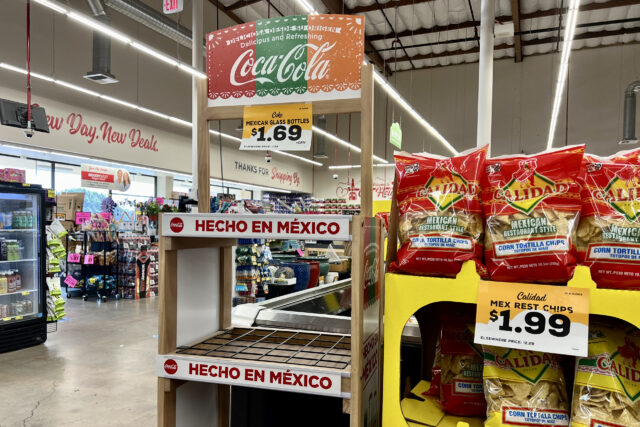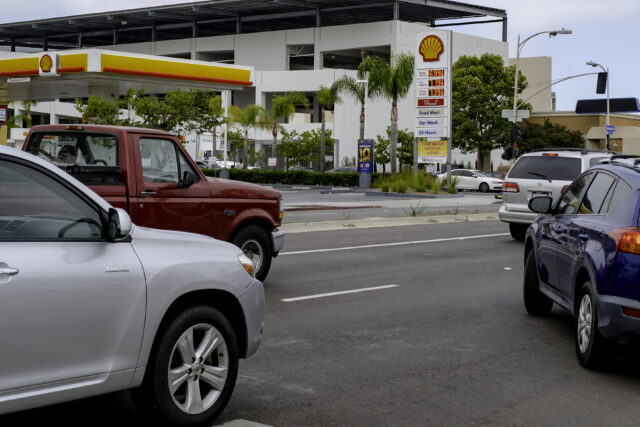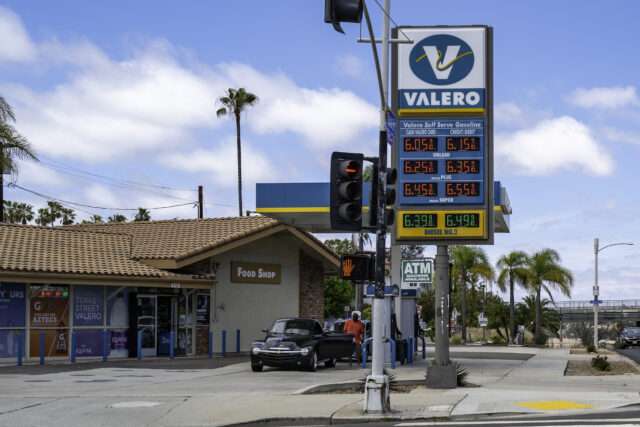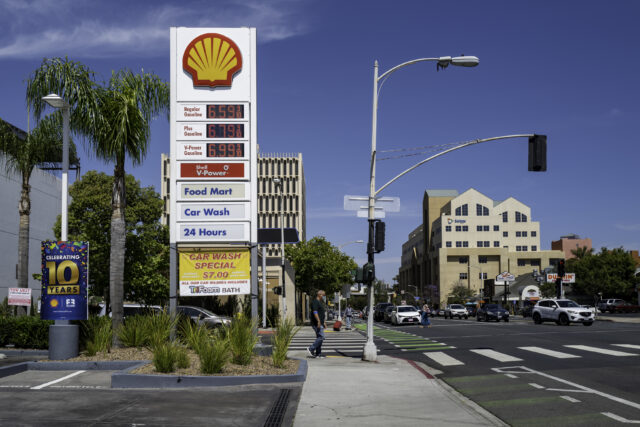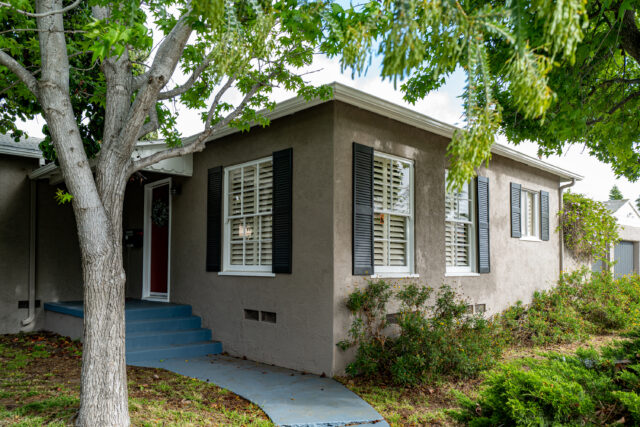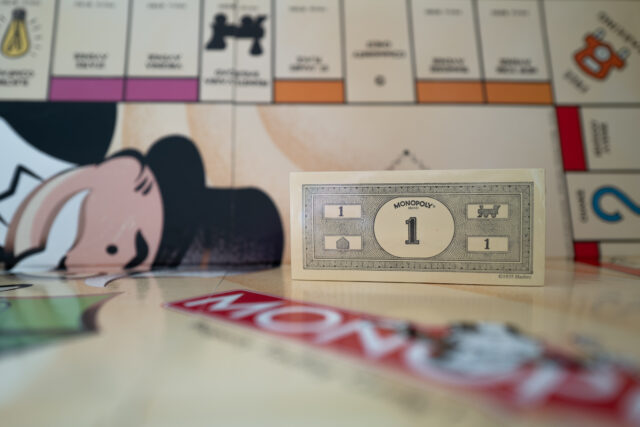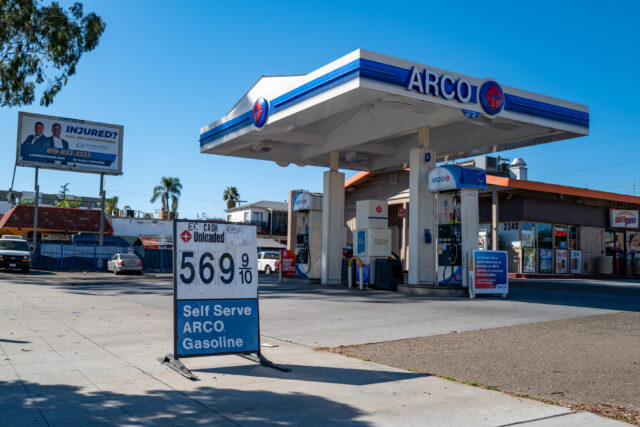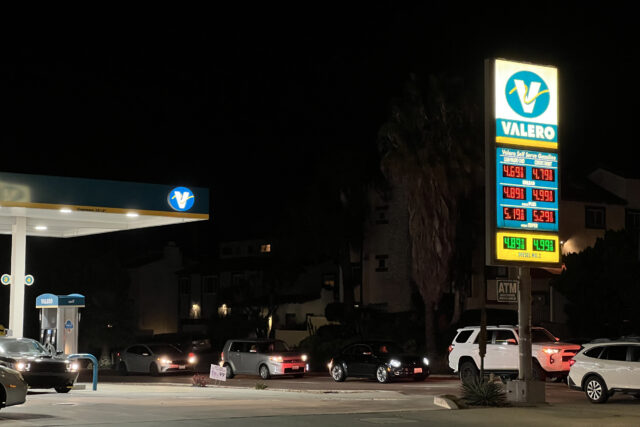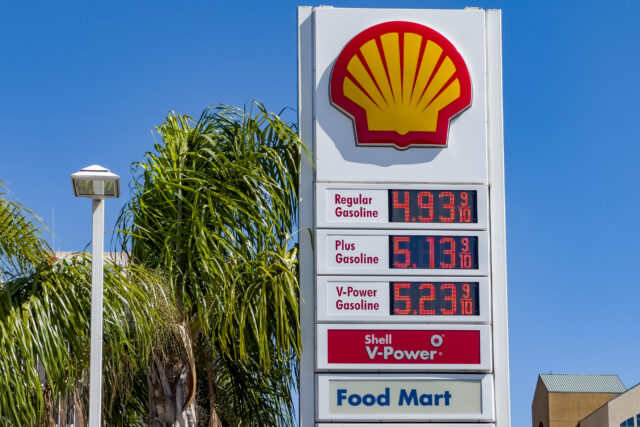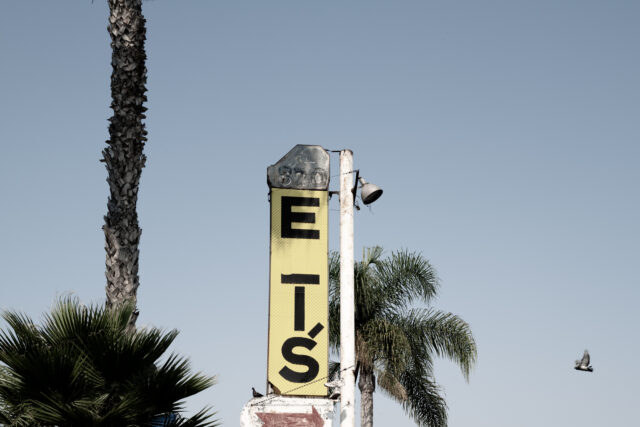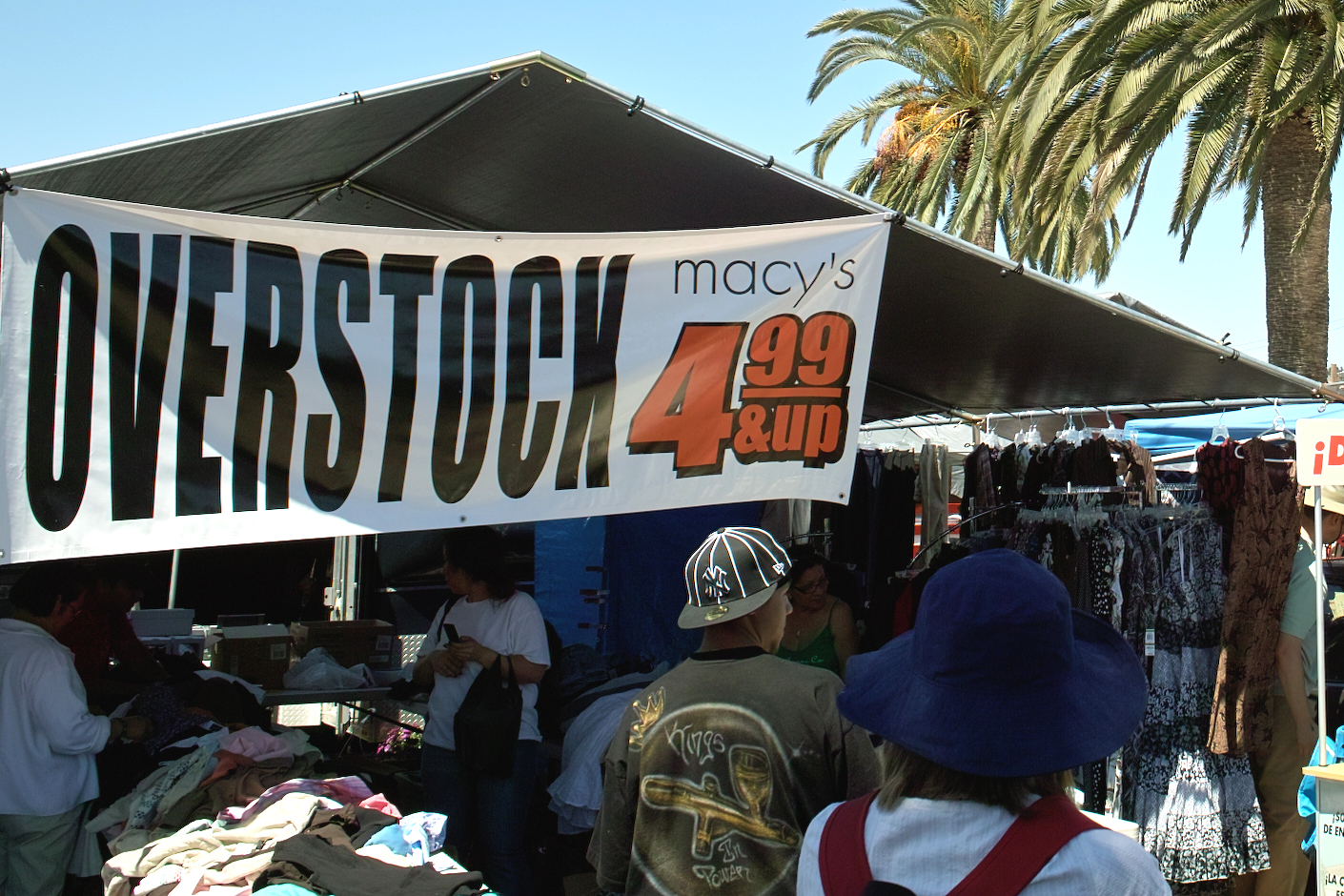Two days ago, I looked upon something surprising inside the Grocery Outlet, located in San Diego neighborhood Talmadge: An empty display case for Mexican Coca-Cola. Shall we blame supply chain disruptions that every fear-mongering pundit has blabbered about for months? The beverage, sweetened with cane sugar instead of corn syrup, is popularly stocked by many grocery stores in this area of SoCal.
But far more unsettling is the price. Mexican Coke, sold in glass bottles, is perennially priced 99 cents. A buck sixty-nine puts inflation and rising food/beverage prices into piercing perspective. That’s a 70.7 percent increase, by the way. Yikes!
